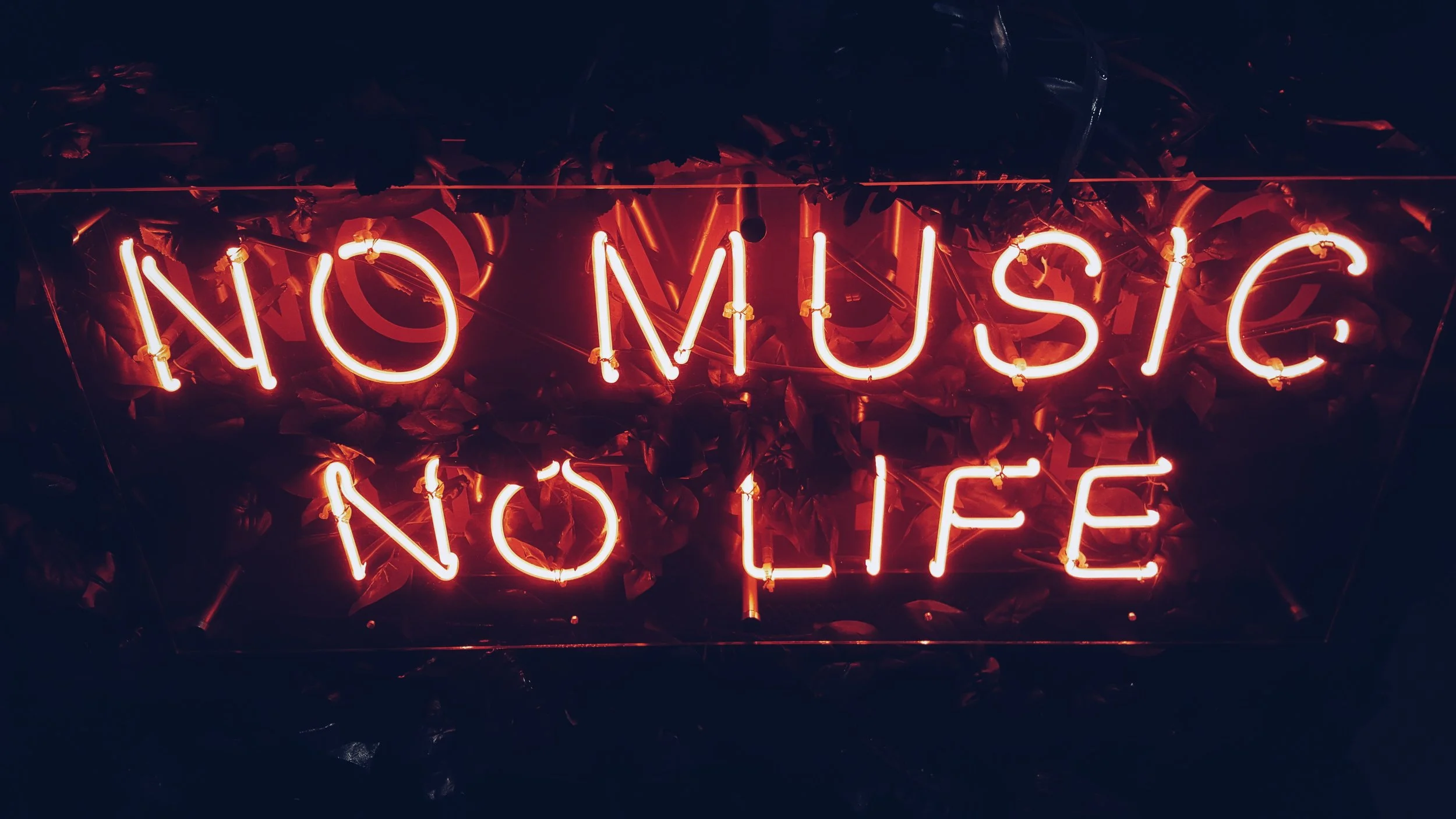
What makes a Music Therapist?
Credentialed music therapists provide individualized treatment and supportive intervention to help people of all ages and abilities address emotional, physical, cognitive, social, communication, sensory, and spiritual needs.
All qualified, board-certified music therapists have completed a standardized health professional training program that includes coursework in music theory, technique, and performance, as well as coursework in psychology, anatomy, pathology, behavioral health, and human development.
Prior to certification, music therapists also must complete over 1200 hours of clinical training, including a 6-month internship, and they must pass a 3-hour national board exam. Music therapists must also maintain 20 hours of CMTE (continuing music therapy education) every year to maintain certification.

Live music for the win!
Research has found that listening to live music can offer greater benefits than listening to recorded music. Additionally, singing, playing an instrument, and actively participating in music creation appears to offer the most benefits.

Individualized Care & Personal Preference
An important element of music therapy is using the types of music and music-based interventions that clients prefer and designing programming that can focus on the individualized needs and preferences of participants.
Research has also found that, for most treatments and clinical goals, using client-preferred music has greater benefits than using non-preferred music. What type of music would you want to use?

Community Matters
Music can be a fun and helpful way to bring people together, and research has found that having a strong support system and good community relationships can decrease stress and help people live longer, healthier, and happier lives. For this reason, many music therapy interventions specifically work towards helping clients strengthen their support systems as well as their connections to community.

"I am a voice. I have a dream."
Many studies have found that clients appreciate music therapy for its ability to help motivate and empower them to make sustainable positive change.
Music therapy particularly emphasizes the idea that the client should be involved in his or her treatment. Music therapists also work to help clients develop the skills and knowledge they need, in order to best succeed when they are outside of the therapeutic setting. What is your dream?

What would you like to play?
Music therapists use a variety of instruments, including guitars, keyboards, ukuleles, drums and other percussion instruments, harps, woodwind instruments, and others.
As part of an individualized program, many clients choose to learn how to play an instrument, which has been shown to have numerous benefits including cognitive, emotional, physical, neurologic, and social benefits. What instrument would you want to play?

"I just want to feel better."
Research has found that music therapy can help elevate mood and increase the quality of life for many different types of people. This includes people who are currently healthy, as well as people receiving hospice or palliative care, people with anxiety, depression, or other mental health symptoms, people being treated for cancer or other serious conditions, people who have had strokes or traumatic injuries, people with dementia, people with developmental disabilities, residents of assisted living centers or nursing homes, and many other groups as well.
The diverse advantages of music and music therapy make it a particularly rewarding therapeutic form for many people. Can you think of someone who might benefit?

Want more information?
Click here to check out the American Music Therapy Association's webpage for fact sheets about music therapy.
You can visit The Academy of Neurologic Music Therapy for more information about NMT.
PubMed is also a great site for finding the most up-to-date music therapy research.
Here are some recent articles from PubMed that examine the science behind music therapy:
“Individual music therapy for depression: randomised controlled trial”
“The use of a drum circle to improve the symptoms and signs of Parkinson's disease (PD)”
“Individual music therapy for agitation in dementia: an exploratory randomized controlled trial”
“Anatomically distinct dopamine release during anticipation and experience of peak emotion to music”
Come back soon to see other articles of interest.
Happy reading!


Photo credits, Unsplash.com:
"Boy at Mic" by Jason Rosewell, Parry Sound, Canada *** "Live Music" by Clem Onojeghuo, Letchworth Garden City, UK *** "Banjo Silhouette" by Priscilla Du Preez *** “Havana Street Band” by Ban Yido, Havana, Cuba *** “I Have a Dream” by Trust “Tru” Katsande, Harare, Zimbabwe *** “Guitar Painting” by Maite Tiscar *** “No Music, No Life” by Simon Noh, Sinsa-dong, Seoul, South Korea *** "Mariachi" by Cristian Newman *** "Woman Playing Guitar" by Dc Lovensky, Santo Domingo, Dominican Republic *** “Desert Guitar” by Ben Ostrower, Erg Chebbi, Morocco
From prior pages:
“Sunny Field” by Zwaddi *** “Jazz Band” by Sandie Pollard *** “Piano Hands” by Lukas Budimaier, Salzburg, Austria *** “Busking Girl” by Felix Koutchinski *** “Umbrella” by David Marcu *** “Songwriter with Flag” by Natalie Rhea Riggs *** “Good for You” by Alina Grubnyak *** "Boy with Uke" by kychan *** “Man Playing Flute” by Davids Kokainis, Seattle, USA *** “Together” by Lotte Meijer, Amsterdam, Netherlands *** “Guitar Player” by Cecile Hournau *** “Kids in Grass” by Robert Collins, Jakarta, Indonesia *** “A Flame from the Ashes” by Josh Appel, Memorial and Museum, Auschwitz-Birkenau, Oświęcim, Poland (Siggy Weiser, Holocaust survivor) *** “Man with Guitar” by Dotto Haji *** “Eureka Band” by Jordan Whitt, Batesville, USA *** “Lights” by Mark Kamalov *** “Painted Hands” by Bernard Hermant

















